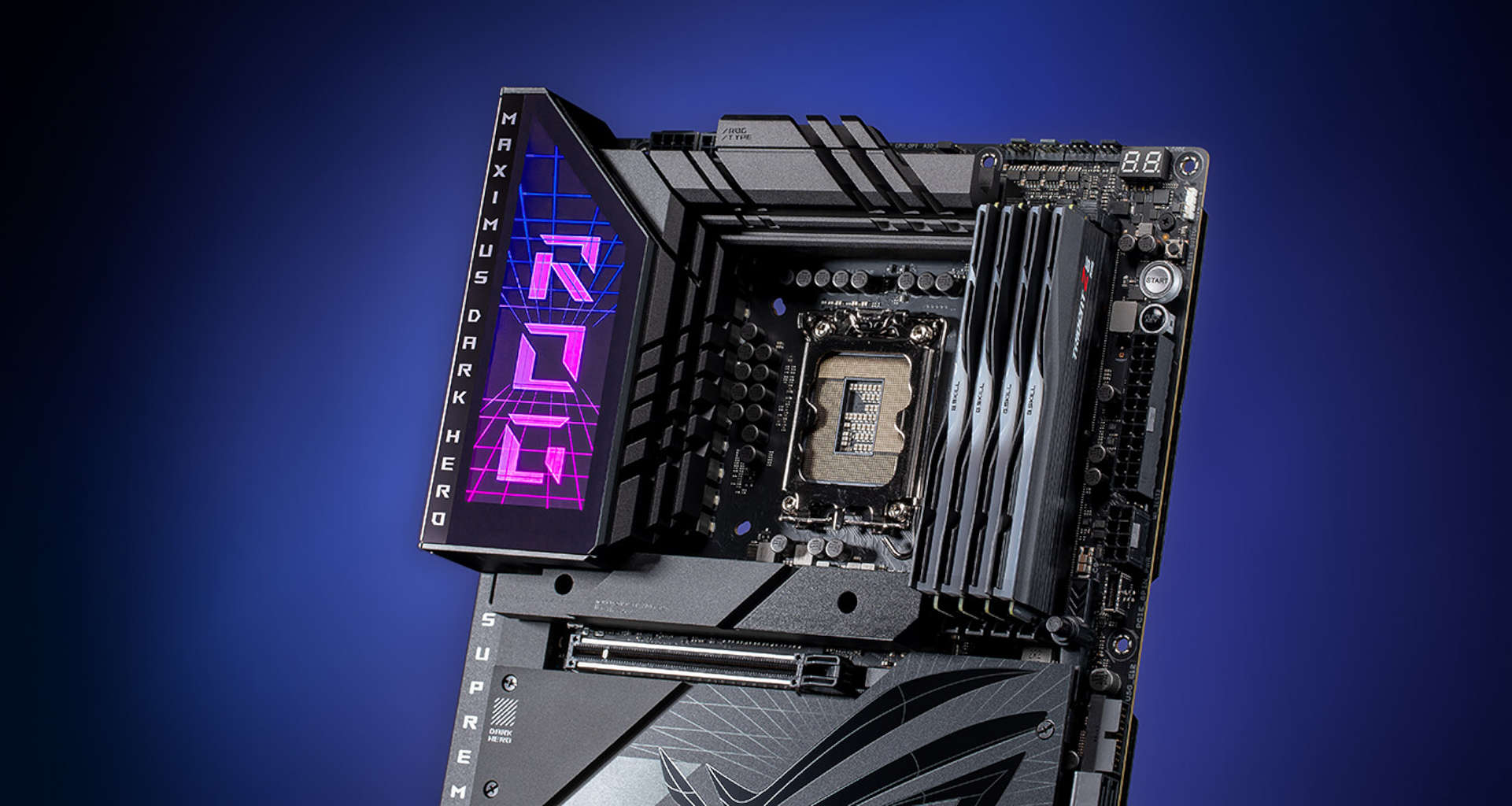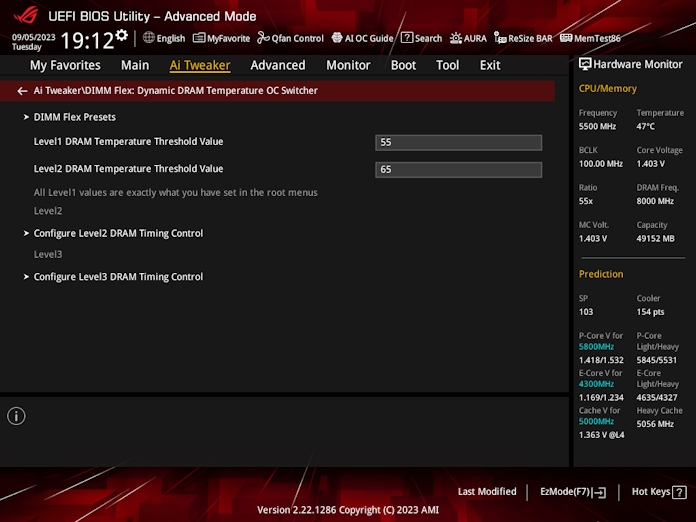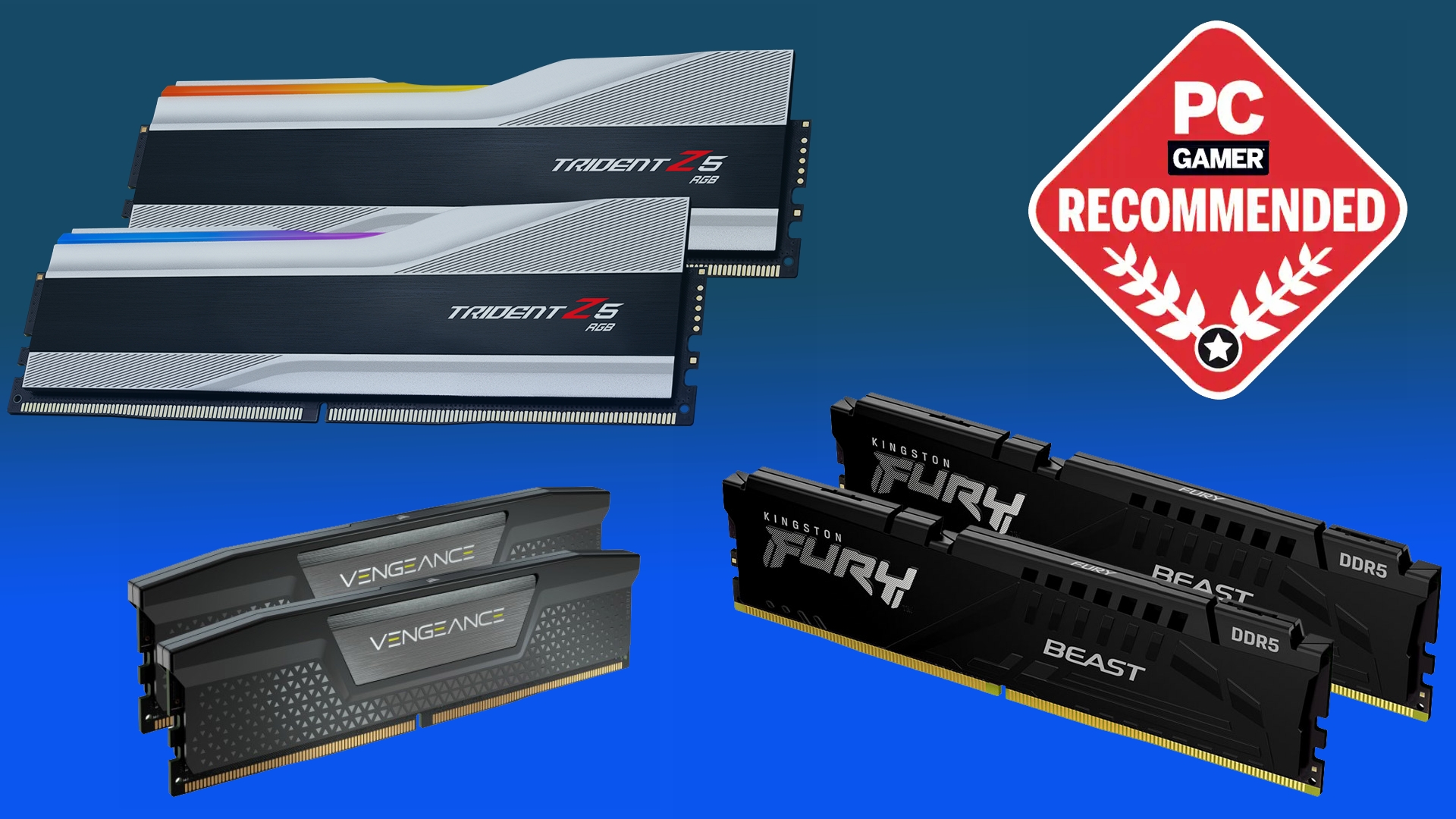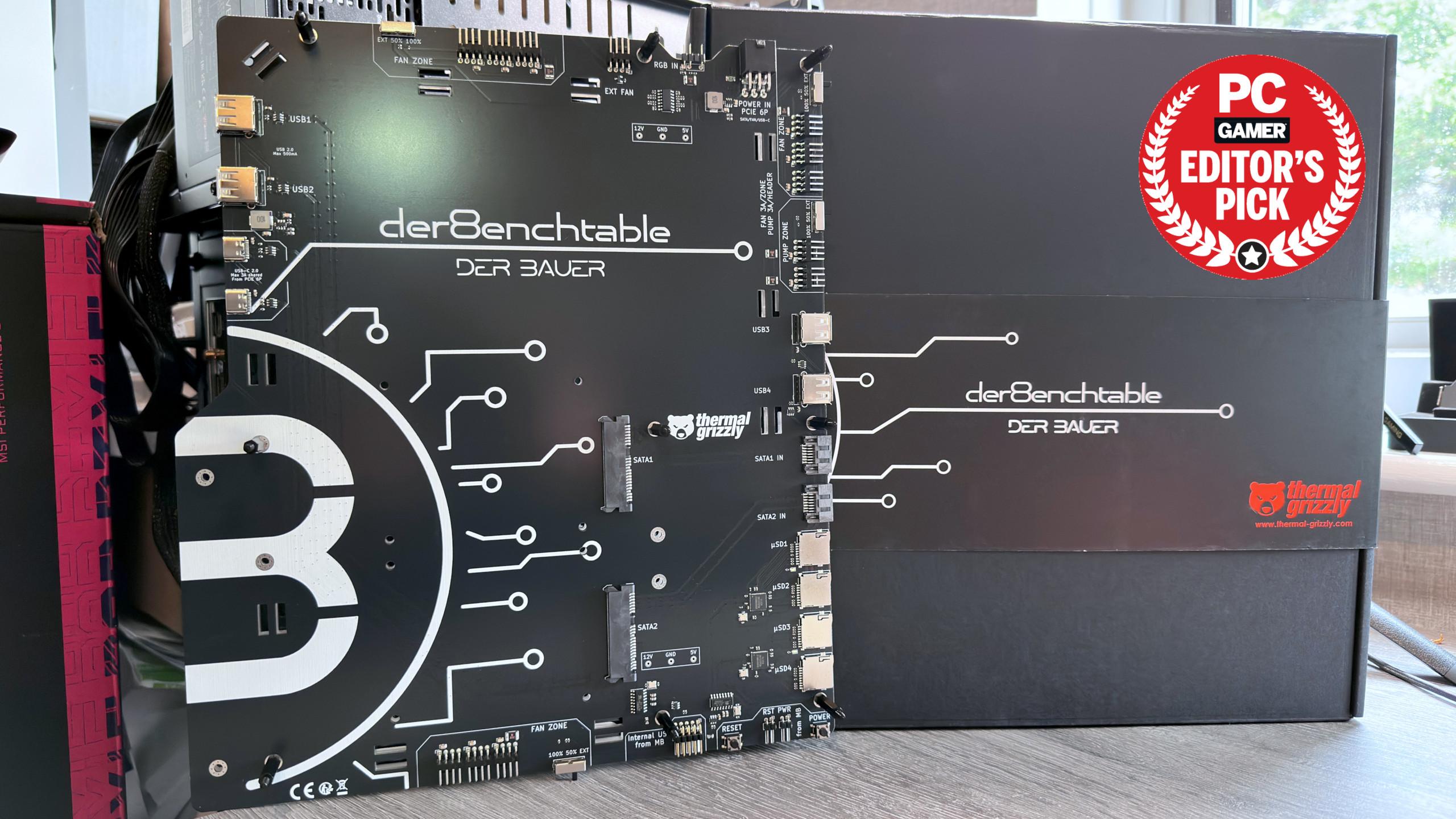Asus adds new DDR5 overclocking option to Z790 ROG motherboards for hunting down more fps and better stability
You'll need to use DRAM that's on the supported list too, though.

With just about every motherboard model on the market supporting RAM overclocking, it takes something new to stand out from the crowd now. Enter stage left Asus with its DIMM Flex feature in its latest Z790 ROG lineup, that is supposed to allow for more performance or stability, depending on how hot everything is running.
The full details on exactly how it all works were issued as a blog on Asus' website and it involves the addition of extra circuits and components that monitor the temperature of the DDR5 modules, feeding the information back to the CPU. If the RAM or power management chips are running too hot, then the board will tell the processor to slow things down a touch.
But if they're both under a set thermal limit, then the CPU will adjust its integrated memory controller, boosting clock speeds or dropping timings, to eke out a little more performance. At stock settings, DDR5 isn't going to run hot enough to cause problems, but those with a high XMP (Extreme Memory Profile) can hit a bit of a thermal wall. This leads to the whole PC becoming unstable and the only way to avoid this is by using plenty of fans or by reducing the RAM speeds.
DIMM Flex essentially does the latter for you by using a sensor on the motherboard, near the DIMM slots. The signal it sends out is fed into a discrete controller, which in turn sends info back to the CPU, telling it to change the memory settings accordingly. The blog post doesn't offer much detail on how rapidly this all works but Asus did show the results of it all in two benchmarks, Metro Exodus and Counter-Strike: Global Offensive.
Compared to the default RAM settings, using DIMM Flex gave a 17.6% boost to the average frame rate in Metro Exodus, running at 1440p with the Extreme preset. Don't ask me what CPU, RAM, or GPU were used, because Asus chose not to say but I'm guessing (from how high the frame rates are) that it's all high-end stuff.

You can tweak DIMM Flex further, by manually setting what clock and timing changes occur, at the temperature levels you choose. There are three levels available for configuring, with Level 1 being the standard timings you've set up (e.g. stock clocks or the XMP profile). Levels 2 and 3 then kick in at higher temperatures, allowing you to fine-tune your DDR5.

Best DDR5 RAM: the latest and greatest
Best DDR4 RAM: affordable and fast
It looks like DIMM Flex won't work with any DDR5 kit, though, probably because it needs access to the specific makes of power management controllers on the modules. At the moment, the list of support memory kits is pretty short and they're ultra-fast DDR5-6800+ models.
Keep up to date with the most important stories and the best deals, as picked by the PC Gamer team.
Marketing fluff aside, I like the idea of this, even though my days of spending hours on RAM timings are long gone. The ability to make the RAM automatically slow down when it's really hot, to maintain stability, is a welcome addition. It's a shame that it's only on the more expensive Z790 motherboards in Asus' portfolio but who knows, it might just become a common feature across all of them in time.

Nick, gaming, and computers all first met in the early 1980s. After leaving university, he became a physics and IT teacher and started writing about tech in the late 1990s. That resulted in him working with MadOnion to write the help files for 3DMark and PCMark. After a short stint working at Beyond3D.com, Nick joined Futuremark (MadOnion rebranded) full-time, as editor-in-chief for its PC gaming section, YouGamers. After the site shutdown, he became an engineering and computing lecturer for many years, but missed the writing bug. Cue four years at TechSpot.com covering everything and anything to do with tech and PCs. He freely admits to being far too obsessed with GPUs and open-world grindy RPGs, but who isn't these days?

